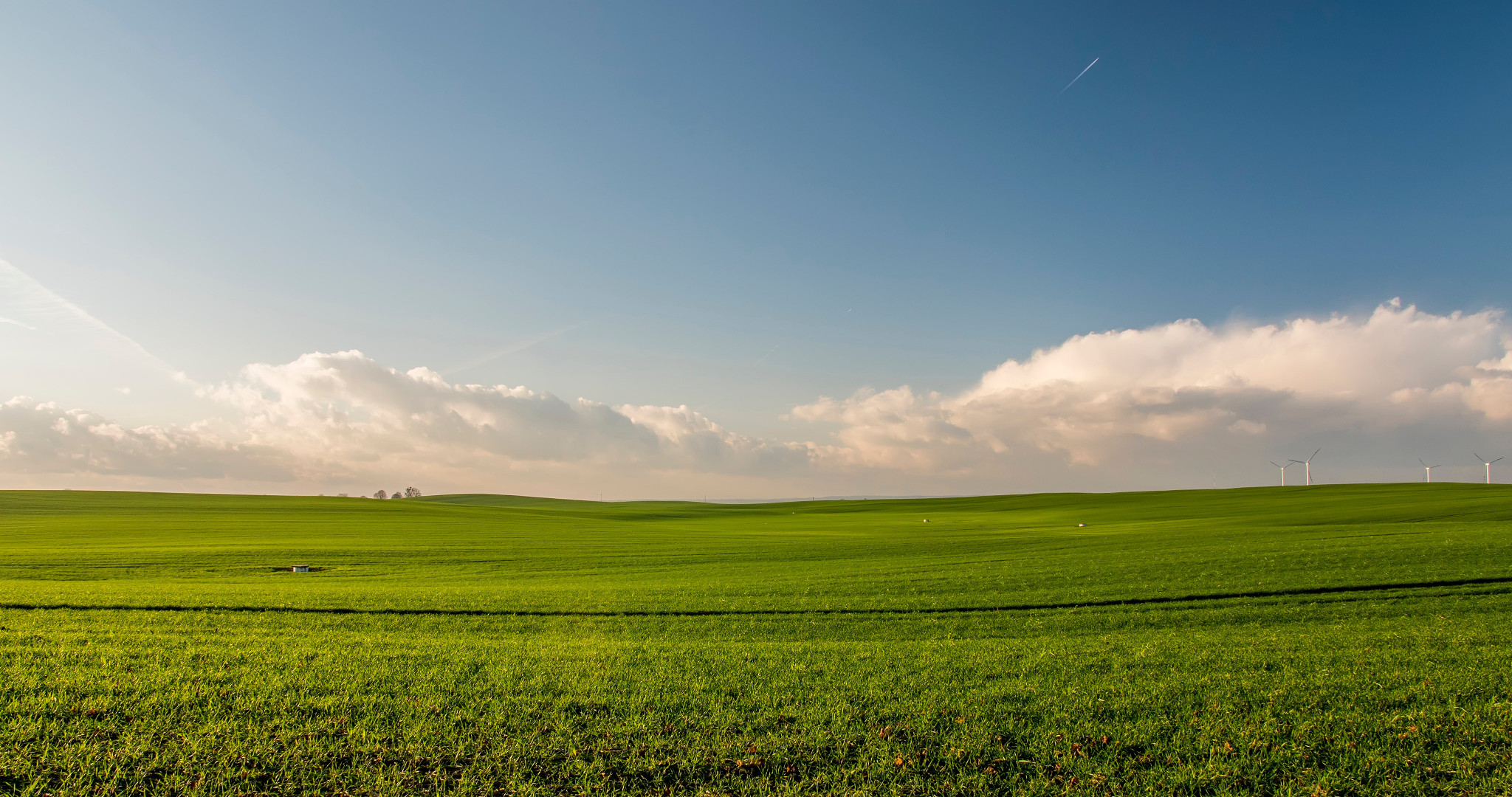Many of us spend a lot of time and money on creating the perfect outdoor space and putting up the best soil and grass in that space. However, once you have established that ideal outdoor space, it is imperative to know how to maintain the grass. The process involves good lawn maintenance practices to keep the grass growing with a healthy look. There are several practices you should follow; however, to maintain an acre of grass, there are two major tasks that need to be done frequently- watering and mowing.
Watering
Watering is a necessary and straightforward task that one needs to do regularly to maintain grass. The basic rule is to water heavily when needed, rather than lightly daily. Light watering is not that beneficial as the water is not able to make it down inside the soil. You need to water such that the soil can soak up to 15 to 20 cm deep. Although the level of watering may vary according to different types of soils, however watering for about 2.5 cm is highly recommended for all types of soils.
If the grass has dried, you will notice a change in color as soon as you water it. If you are not sure if the grass requires water or not, then step on it. If the grass is not springing back after you step on it, you should water the grass immediately. Also, it is best to water the grass in the morning as the water doesn’t get evaporated due to .heat or high temperature.
Mowing
Mowing is the process of cutting the grass with a machine to even out the grass and reduces the workload on the root system. This is typically done using a riding lawn mower for more than an acre of grass. The process of mowing also helps in building a thick and heavy lawn that can better resist diseases and weed. This happens because once the leaves of the grass are cut, the grass needs to grow more to absorb more sunlight.
One should mow regularly, especially if it is the growing season. A general rule followed is too cute, only one-third of the grass at once. This is because if you mow more than that, the grass might lose its ability to photosynthesis. For the cold season, the grass should be kept at least 7.5 cm, and in warms seasons, you should not cut it at less than 7.5 cm. It is also recommended that the pattern of mowing should keep on varying.
Periodic Maintenance
Although watering and mowing frequently are two of the significant tasks and should not be ignored, there are some additional maintenance activities that one should also do to maintain the grass. These activities include:
- Fertilizing: The process of fertilizing would add the required nutrients in the soil that can ultimately reach the grass and make it healthier. Since mowing makes the grass grow more quickly, the grass would require added nutrients for its growth. The best way of fertilization is by spreading slow-acting granular fertilizer at least once a year. This way, nutrients are released gradually over the months.
- Aerating: In many cases, due to mowing, foot traffic, etc., the soil can get compact. In such a case, there is a lack of oxygen in the soil for the microbes that break down the organic matter. For healthy grass, it is essential to aerate the soil at regular intervals. For removing the narrow sections in the soil, there are power and manual aerators that are available in the market.
- De-Thatching: Thatch is basically the materials that collect at the side of the grass base. It is made from the crowns and the culms that die naturally. Although a small amount of this can be beneficial as it can help in conserving water by preventing evaporation, however, a substantial build-up of thatch can prevent water and air from penetrating the soil. It is better to keep removing this thatch at periodic intervals.
- Weeding: Lawns might have weeds popping up at some times. In case they appear at regular intervals, then that means that the grass is weak. This can also be caused due to water-logging or deficient soil. The simple way to remove weeds is by pulling them off when they appear. In case there are a large number of weeds, you can spray a low-toxicity herbicide on every individual weed.
- Pest Control: You might have a healthy lawn, however at different times it may happen that bugs might infest the grass. They can also cause damage to the grass. An insecticide spray can treat these infestations in a much-needed way. However, you need to note that every spray is designed for a particular kind of pests only, and not for all.
